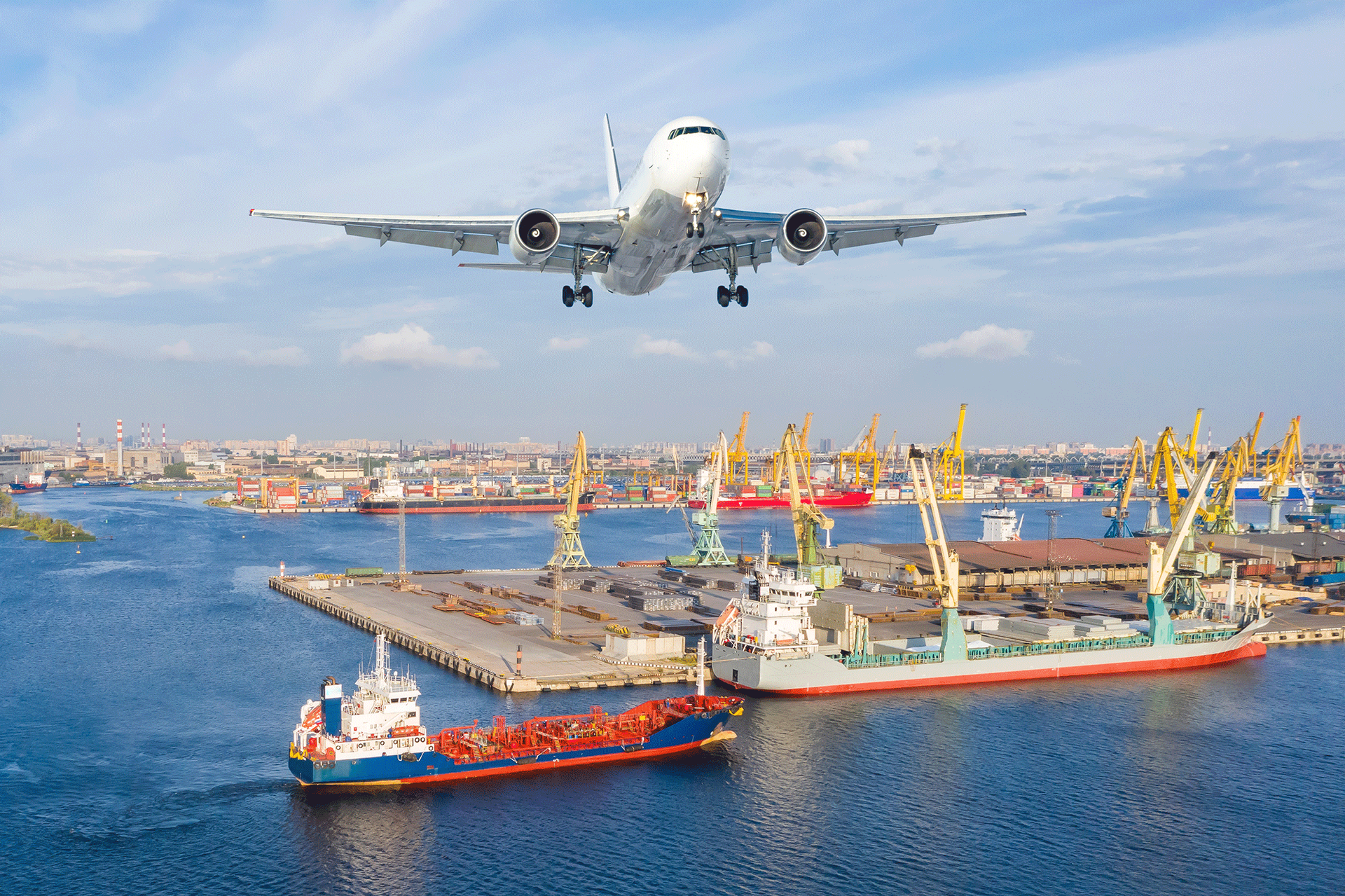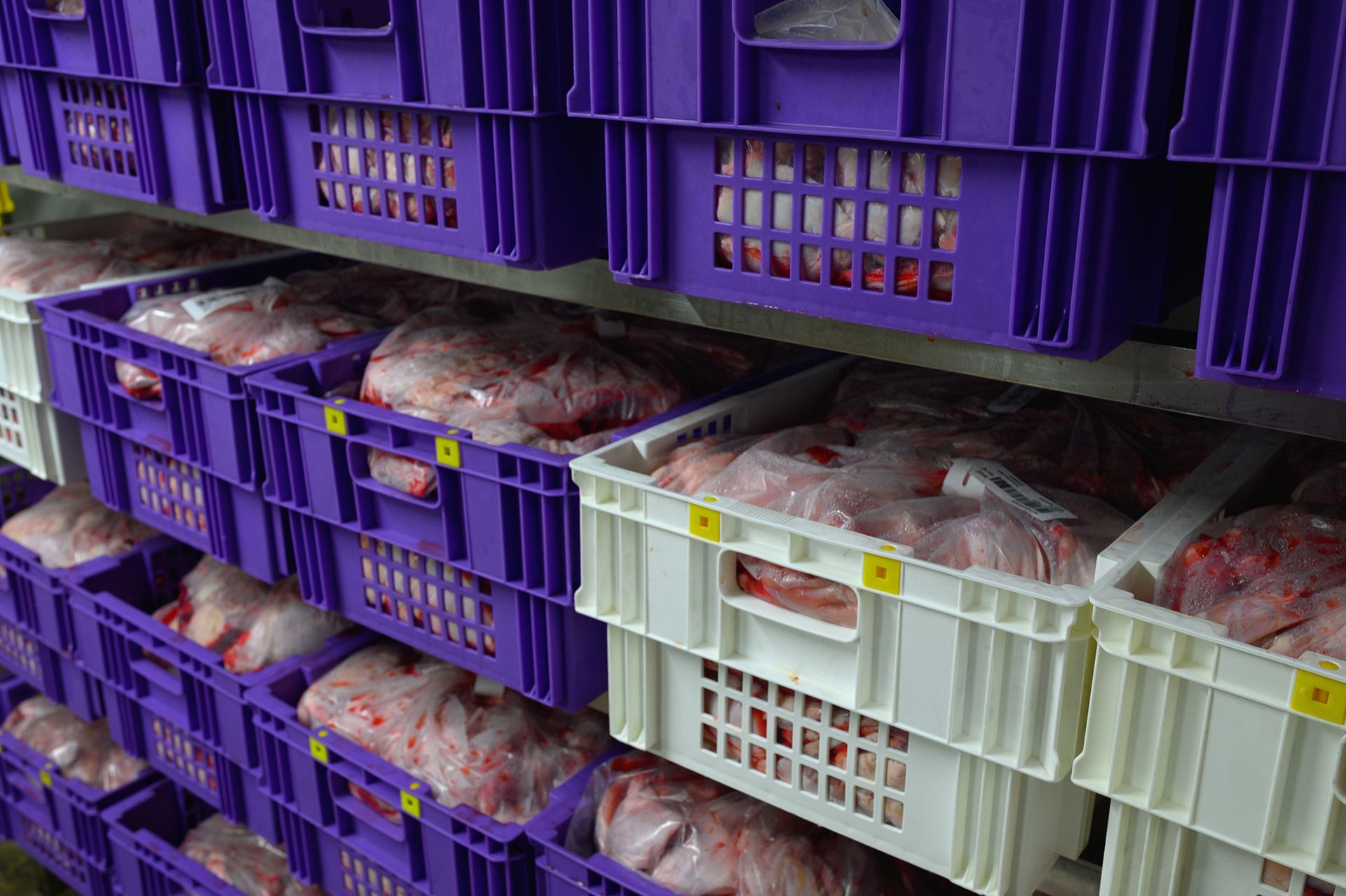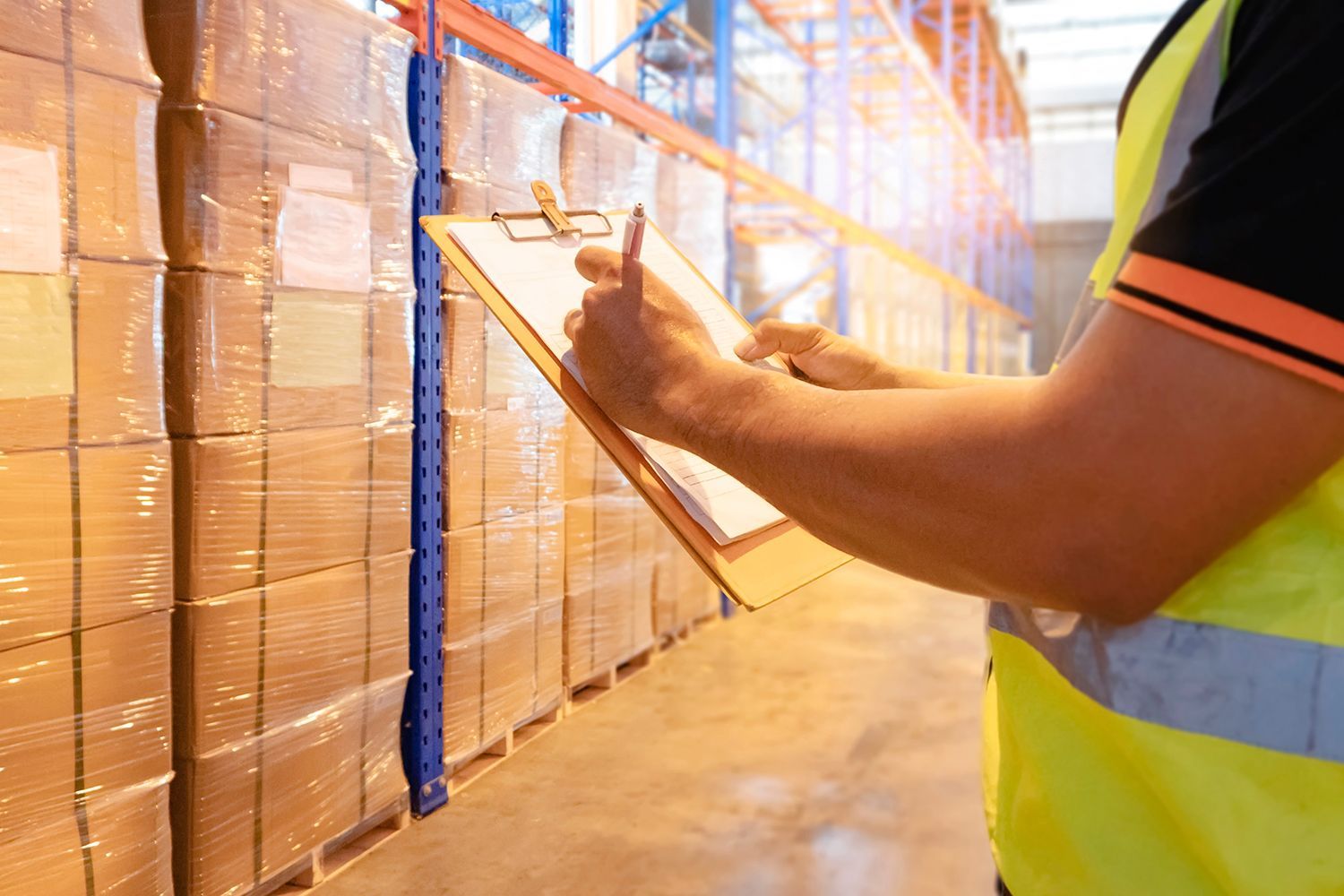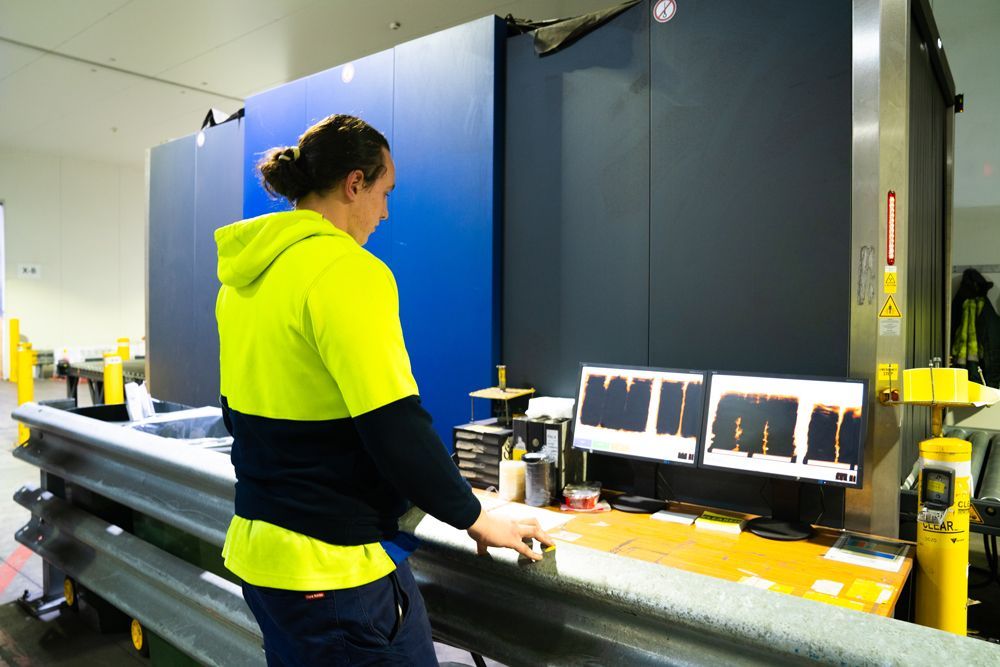Role of Customs Clearance in Perishable Logistics
When moving perishables across borders, one area that shouldn’t be underestimated is customs clearance. A delay at the border can undo days of careful planning, putting freshness, compliance and customer relationships at risk.
At Vision International Logistics, we understand that customs clearance is not just paperwork. For perishables, it’s a critical quality gate determining whether goods remain in peak condition or spoil before reaching the shelf.
Customs Determines Freshness, Not Just Compliance
Perishable cargo has zero tolerance for holdups. Even a few hours waiting for documents to be corrected or inspections to be completed can compromise the integrity of the cold chain.
In cases like this, efficient customs clearance becomes a deciding factor not only for compliance but also for product quality and shelf life.
Common Clearance Bottlenecks for Perishables
Delays most often stem from:
- Documentation errors, such as incomplete or inaccurate forms
- Tariff misclassification leading to queries, penalties or reprocessing
- Biosecurity holds where DAFF inspects plant, animal or food shipments
- Seasonal congestion during peak import periods like the fresh produce season
- Complex multi-country routes where goods face multiple clearance events
Without expert management, these issues can mean unnecessary dwell time, rising costs and lost product value.
Designing for Speed: Pre-clearance, Tariff Accuracy and DAFF Readiness
Preparation is the best safeguard. Correct tariff advice, document pre-lodgement, and accurate landed costing analysis allow shipments to move without disruption. At Vision, our DAFF-qualified and endorsed staff also ensure biosecurity requirements are addressed, reducing the risk of inspection delays.
Keeping the Chain Unbroken During Clearance
While customs is underway, cargo still needs to stay fresh. Vision operates DAFF-approved premises with on-site cool rooms, freezer storage and a customs-bonded warehouse. These facilities mean goods remain in a controlled environment throughout the clearance process, protecting product quality while paperwork and inspections are finalised.
Air vs Sea: Different Clearance Nuances
Air freight is fast, but clearance mistakes are more critical because cargo cycles are shorter. Sea freight operates on longer schedules and often higher volumes, which can bring more frequent inspections and time-sensitive challenges.
Vision’s experienced team plans customs processes according to transportation mode, aligning clearance with transit times and product shelf life.
Visibility That Prevents Spoilage
Clearance status is one of the most important metrics to track in a perishable supply chain. Vision Hub provides real-time visibility of shipment milestones, including customs events, so exceptions can be acted on quickly. This transparency helps importers and exporters respond before delays escalate.
In Summary
Customs clearance is more than an administrative step. It is a safeguard for freshness. From accurate tariff classification and biosecurity compliance to DAFF-approved facilities and bonded warehousing, the right approach keeps goods moving and the cold chain intact.
For businesses relying on perishable supply chains, expert customs management is often the deciding factor between delivering quality and writing off spoiled stock.
Looking for support with your perishable imports or exports?
Explore our perishable logistics and customs clearance services, or contact us today for a quote to ensure your products arrive compliant, fresh and on time.










